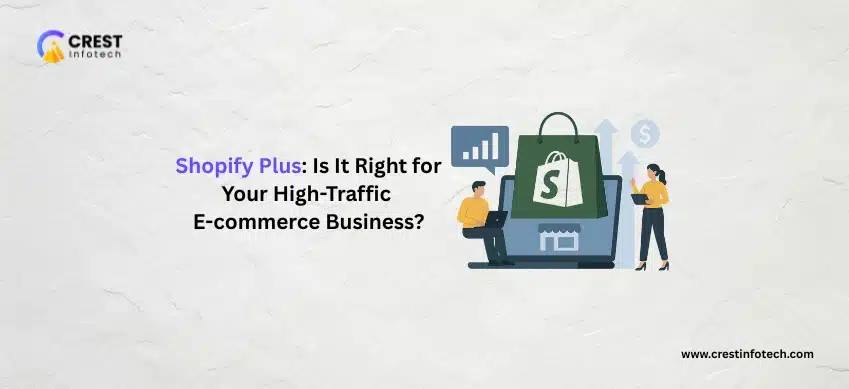Building a Shopify store is simple — but creating a custom, high-performing online store that aligns with your brand and business needs requires the right features, functionalities, and tools. Shopify gives you the flexibility to design, customize, and extend your store using themes, apps, custom code, and integrations. Whether you’re building a new store or enhancing an existing one, adding custom functionality helps improve user experience and increase conversions.
1. Start with the Right Shopify Theme
Choosing a theme is the foundation of your custom store.
- Select a **responsive, customizable Shopify theme** that supports your design goals
- Use Shopify’s theme editor to modify layouts, colors, and typography
- Ensure the theme supports advanced customizations and app compatibility
2. Add Custom Sections and Layouts
Custom sections help you design unique page layouts that match your brand identity.
- Create custom homepage sections using **Shopify’s Liquid** language
- Add dynamic blocks for testimonials, FAQs, lookbooks, or product highlights
- Use JSON templates to customize product, collection, and landing pages
“Custom sections give you creative control and help your store stand out from template-based competitors.”
3. Develop Custom Product Features
Enhance the shopping experience by adding product-level customizations.
- Add **product options** like color swatches, size charts, custom fields, or engravings
- Enable product personalization with file uploads or text inputs
- Use metafields to store and display extra product information
4. Build Custom Checkout Features
Shopify’s checkout is powerful, and with the right customizations, you can optimize conversions.
- Add custom fields such as delivery notes or gift messages
- Offer post-purchase upsells and cross-sells
- Integrate custom shipping rules, payment options, or discount logic
“A tailored checkout flow can significantly improve conversion rates and customer satisfaction.”
5. Integrate Third-Party Apps and APIs
Custom functionality often requires integrations with external tools.
- Connect CRM, ERP, inventory, and fulfillment systems
- Integrate advanced search, product recommendation, or personalization engines
- Use Shopify APIs to build custom app features or automation rules
6. Add Custom Navigation and User Experience Features
Custom UX features help guide customers through the buying journey.
- Create mega menus with images, categories, and promotional banners
- Build custom filters and sorting options for collections
- Add sticky headers, quick-add buttons, or slide-out carts
7. Create Custom Apps for Advanced Features
When built-in tools aren’t enough, custom apps give you complete flexibility.
- Develop apps for product bundles, subscriptions, loyalty programs, or memberships
- Create automation tools for inventory, order routing, or pricing rules
- Build private apps that fit your unique business workflows
8. Optimize Performance with Custom Code
Custom features should be fast, smooth, and stable.
- Remove unused scripts and apps to improve page speed
- Use optimized Liquid logic to reduce render time
- Lazy-load images, videos, and interactive content
Final Thoughts
Building a Shopify store with custom features allows you to create a truly unique shopping experience. From custom sections to advanced APIs, the possibilities are endless. With the right combination of theme customization, app development, UX improvements, and performance optimization, you can build a Shopify store that not only looks great but also delivers powerful functionality that drives conversions and growth.



